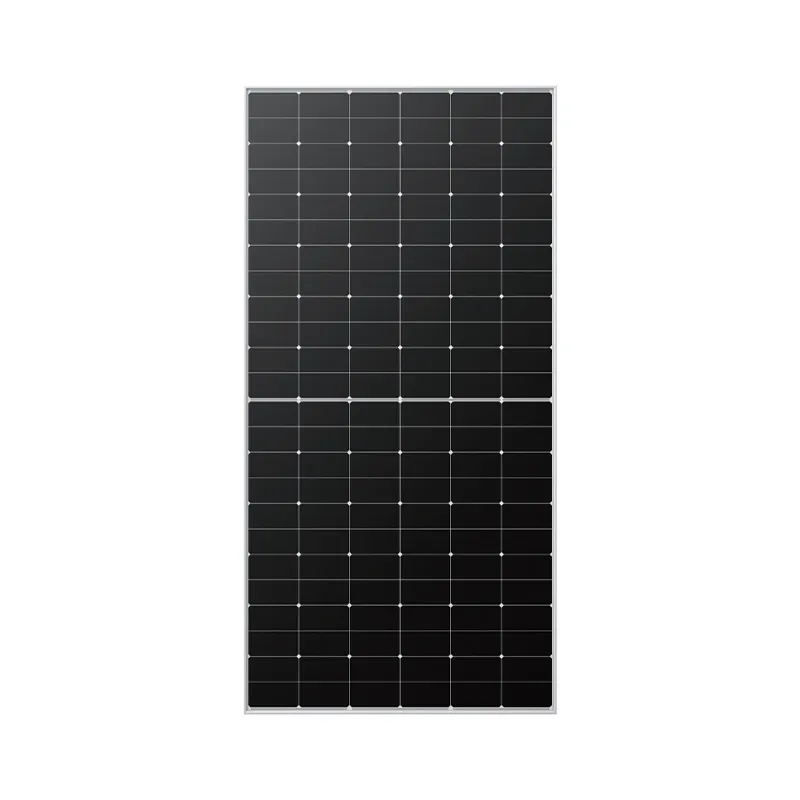Current Cost of Solar Panels per Watt Explained and Analyzed
Understanding Solar Panel Price per Watt A Comprehensive Guide
As the world increasingly turns towards renewable energy sources, solar power has emerged as a leading alternative. One of the key factors influencing the adoption of solar energy is the price of solar panels, often measured in terms of price per watt. Understanding this metric is crucial for both potential buyers and investors considering solar energy systems.
What is Price Per Watt?
The price per watt (PPW) of solar panels refers to the cost of the solar panel divided by its wattage capacity. For example, if a solar panel costs $300 and has a capacity of 300 watts, its price per watt would be $1.00. This simple formula allows consumers and installers to compare different solar panels based on efficiency and cost-effectiveness. As solar technology advances, the price per watt has become a cornerstone in evaluating the financial viability of solar installations.
Factors Influencing Solar Panel Prices
Several factors contribute to the price per watt of solar panels
1. Type of Solar Panel There are mainly three types of solar panels monocrystalline, polycrystalline, and thin-film. Monocrystalline panels tend to be the most efficient and durable, often leading to higher prices per watt. Polycrystalline panels are generally less expensive but may have lower efficiency. Thin-film panels, while cheaper, usually occupy more space and have lower energy output.
2. Manufacturer Different manufacturers have varying pricing strategies based on brand reputation, research and development costs, and market positioning. Established brands with a reputation for quality may charge more, while new entrants may offer competitive prices to gain market share.
solar panel price per watt

3. Market Trends The global solar market is influenced by supply and demand dynamics. When demand for solar panels increases, prices can rise; conversely, advancements in manufacturing technologies can lead to a decrease in prices. Subsidies and incentives can also play a significant role in shaping market prices.
4. Geographical Location The installation costs can vary significantly based on the location. For instance, regions with higher sunlight hours may require fewer panels, thus impacting the overall cost per watt. Additionally, local labor costs and governmental incentives can affect prices.
5. Installation and Additional Costs The total cost of a solar installation includes more than just the panels. Costs associated with inverters, mounting systems, labor, and permits can all influence the effective price per watt of the system. Understanding these factors is essential for accurately assessing the total investment in solar technology.
The Importance of Price Per Watt in Decision-Making
When evaluating solar options, price per watt serves as a key performance indicator. A lower price per watt generally indicates a more cost-effective investment, but it is crucial to consider the panel's efficiency, warranty, and longevity. A more expensive panel with higher efficiency may yield better performance and savings in the long run, thus making it a wiser investment despite a higher upfront cost.
Current Trends and Future Outlook
As of 2023, the price of solar panels has seen a significant decline over the past decade, primarily due to improvements in technology and increased production capacities. The average price per watt has dropped, making solar energy more accessible to a broader audience. Analysts predict that this trend will continue as innovations in solar technology emerge, leading to further price reductions and increased adoption of solar systems globally.
In conclusion, understanding the price per watt of solar panels is crucial for anyone considering a solar energy investment. By considering the various factors that influence pricing and the benefits of different types of panels, consumers can make informed decisions that align with their energy needs and financial goals. With the ongoing advancements in solar technology, the future continues to look bright for solar energy, promising increased affordability and accessibility for all.
-
Unlocking Energy Freedom with the Off Grid Solar InverterNewsJun.06,2025
-
Unlock More Solar Power with a High-Efficiency Bifacial Solar PanelNewsJun.06,2025
-
Power Your Future with High-Efficiency Monocrystalline Solar PanelsNewsJun.06,2025
-
Next-Gen Solar Power Starts with Micro Solar InvertersNewsJun.06,2025
-
Harnessing Peak Efficiency with the On Grid Solar InverterNewsJun.06,2025
-
Discover Unmatched Efficiency with the Latest String Solar InverterNewsJun.06,2025







